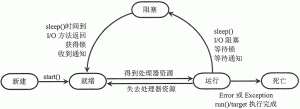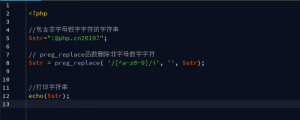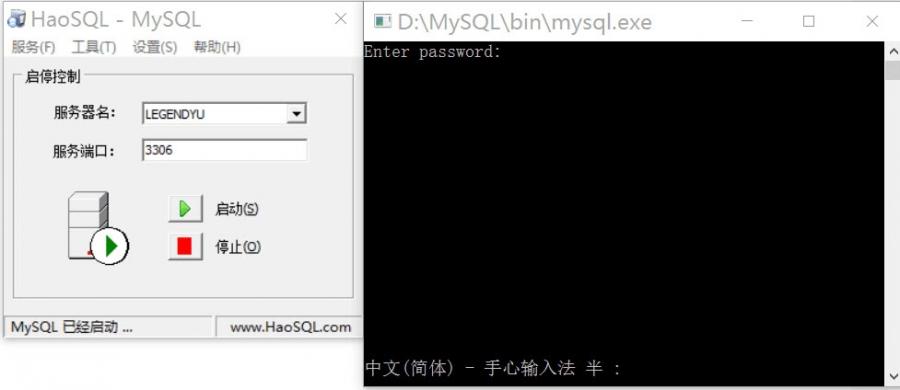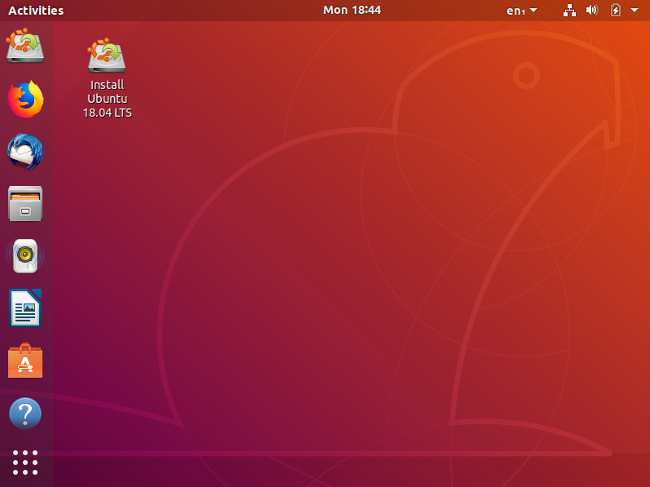无论哪门编程语言,并发编程都是一项很常用很重要的技巧。例如,爬虫就被广泛应用在工业界的各个领域,我们每天在各个网站、各个 App 上获取的新闻信息,很大一部分便是通过并发编程版的爬虫获得。
正确合理地使用并发编程,无疑会给程序带来极大的性能提升。因此,本节就带领大家一起学习 Python 中的 Futures 并发编程。首先,先带领大家从代码的角度来理解并发编程中的 Futures,并进一步来比较其与单线程的性能区别。
假设有这样一个任务,要下载一些网站的内容并打印,如果用单线程的方式,它的代码实现如下所示(为了突出主题,对代码做了简化,忽略了异常处理):
import requests
import time
def download_one(url):
resp = requests.get(url)
print('Read {} from {}'.format(len(resp.content), url))
def download_all(sites):
for site in sites:
download_one(site)
def main():
sites = [
'http://c.biancheng.net',
'http://c.biancheng.net/c',
'http://c.biancheng.net/python'
]
start_time = time.perf_counter()
download_all(sites)
end_time = time.perf_counter()
print('Download {} sites in {} seconds'.format(len(sites), end_time - start_time))
if __name__ == '__main__':
main()
输出结果为:
Read 52053 from http://c.biancheng.net
Read 30718 from http://c.biancheng.net/c
Read 34470 from http://c.biancheng.net/python
Download 3 sites in 0.3537296 seconds
注意,此程序中,requests 模块需单独安装,可通过执行 pip install requests 命令进行安装。
这种方式应该是最直接也最简单的:
- 先是遍历存储网站的列表;
- 然后对当前网站执行下载操作;
- 等到当前操作完成后,再对下一个网站进行同样的操作,一直到结束。
可以看到,总共耗时约 0.35s。单线程的优点是简单明了,但是明显效率低下,因为上述程序的绝大多数时间都浪费在了 I/O 等待上。程序每次对一个网站执行下载操作,都必须等到前一个网站下载完成后才能开始。如果放在实际生产环境中,我们需要下载的网站数量至少是以万为单位的,不难想象,这种方案根本行不通。
接着再来看多线程版本的代码实现:
import concurrent.futures
import requests
import threading
import time
def download_one(url):
resp = requests.get(url)
print('Read {} from {}'.format(len(resp.content), url))
def download_all(sites):
with concurrent.futures.ThreadPoolExecutor(max_workers=5) as executor:
executor.map(download_one, sites)
def main():
sites = [
'http://c.biancheng.net',
'http://c.biancheng.net/c',
'http://c.biancheng.net/python'
]
start_time = time.perf_counter()
download_all(sites)
end_time = time.perf_counter()
print('Download {} sites in {} seconds'.format(len(sites), end_time - start_time))
if __name__ == '__main__':
main()
运行结果为:
Read 52053 from http://c.biancheng.net
Read 30718 from http://c.biancheng.net/c
Read 34470 from http://c.biancheng.net/python
Download 3 sites in 0.1606366 seconds
可以看到,总耗时是 0.2s 左右,效率一下子提升了很多。
注意,虽然线程的数量可以自己定义,但是线程数并不是越多越好,因为线程的创建、维护和删除也会有一定的开销,所以如果设置的很大,反而可能会导致速度变慢。我们往往需要根据实际的需求做一些测试,来寻找最优的线程数量。
上面两段代码中,多线程版本和单线程版的主要区别在于如下代码:
with concurrent.futures.ThreadPoolExecutor(max_workers=5) as executor:
executor.map(download_one, sites)
这里创建了一个线程池,总共有 5 个线程可以分配使用。executer.map() 与前面所讲的 Python 内置的 map() 函数类似,表示对 sites 中的每一个元素并发地调用函数 download_one()。
在 download_one() 函数中使用的 requests.get() 方法是线程安全的,在多线程的环境下也可以安全使用,不会出现条件竞争(多个线程同时竞争使用同一资源)的情况。
当然,也可以用并行的方式去提高程序运行效率,只需要在 download_all() 函数中做出下面的变化即可:
with futures.ThreadPoolExecutor(workers) as executor #=> with futures.ProcessPoolExecutor() as executor:
这部分代码中,函数 ProcessPoolExecutor() 表示创建进程池,使用多个进程并行的执行程序。不过,这里通常省略参数 workers,因为系统会自动返回 CPU 的数量作为可以调用的进程数。
但是,并行的方式一般用在 CPU heavy 的场景中,因为对于 I/O heavy 的操作,多数时间都会用于等待,相比于多线程,使用多进程并不会提升效率。反而很多时候,因为 CPU 数量的限制,会导致其执行效率不如多线程版本。
什么是Futures?
Python Futures 模块,位于 concurrent.futures 和 asyncio 中,它们都表示带有延迟的操作。Futures 会将处于等待状态的操作包裹起来放到队列中,这些操作的状态随时可以查询,当然它们的结果(或是异常)也能够在操作完成后被获取。
通常来说,用户不用考虑如何去创建 Futures,这些 Futures 底层都会帮我们处理好,唯一要做的只是去设定这些 Futures 的执行。比如,Futures 中的 Executor 类,当执行 executor.submit(func) 时,它便会安排里面的 func() 函数执行,并返回创建好的 future 实例,以便之后查询调用。
这里再介绍一些常用的函数。比如 Futures 中的方法 done(),表示相对应的操作是否完成,返回 True 表示完成;返回 False 表示没有完成。不过要注意的是,done() 是非阻塞的,会立即返回结果。相对应的 add_done_callback(fn),则表示 Futures 完成后,相对应的参数函数 fn 会被通知并执行调用。
Futures 中还有一个重要的函数 result(),它表示当 future 完成后,返回其对应的结果或异常。而 as_completed(fs),则是针对给定的 future 迭代器 fs,在其完成后返回完成后的迭代器。
所以,上述例子也可以写成下面的形式:
import concurrent.futures
import requests
import time
def download_one(url):
resp = requests.get(url)
print('Read {} from {}'.format(len(resp.content), url))
def download_all(sites):
with concurrent.futures.ThreadPoolExecutor(max_workers=5) as executor:
to_do = []
for site in sites:
future = executor.submit(download_one, site)
to_do.append(future)
for future in concurrent.futures.as_completed(to_do):
future.result()
def main():
sites = [
'http://c.biancheng.net',
'http://c.biancheng.net/c',
'http://c.biancheng.net/python'
]
start_time = time.perf_counter()
download_all(sites)
end_time = time.perf_counter()
print('Download {} sites in {} seconds'.format(len(sites), end_time - start_time))
if __name__ == '__main__':
main()
运行结果为:
Read 52053 from http://c.biancheng.net
Read 34470 from http://c.biancheng.net/python
Read 30718 from http://c.biancheng.net/c
Download 3 sites in 0.2275894 seconds
此程序中,首先调用 executor.submit(),将下载每一个网站的内容都放进 future 队列 to_do 等待执行。然后是 as_completed() 函数在 future 完成后便输出结果。
不过,这里要注意,future 列表中每个 future 完成的顺序和它在列表中的顺序并不一定完全一致。到底哪个先完成、哪个后完成,取决于系统的调度和每个 future 的执行时间。
联系信息:邮箱aoxolcom@163.com或见网站底部。




















请登录后发表评论
注册
社交帐号登录